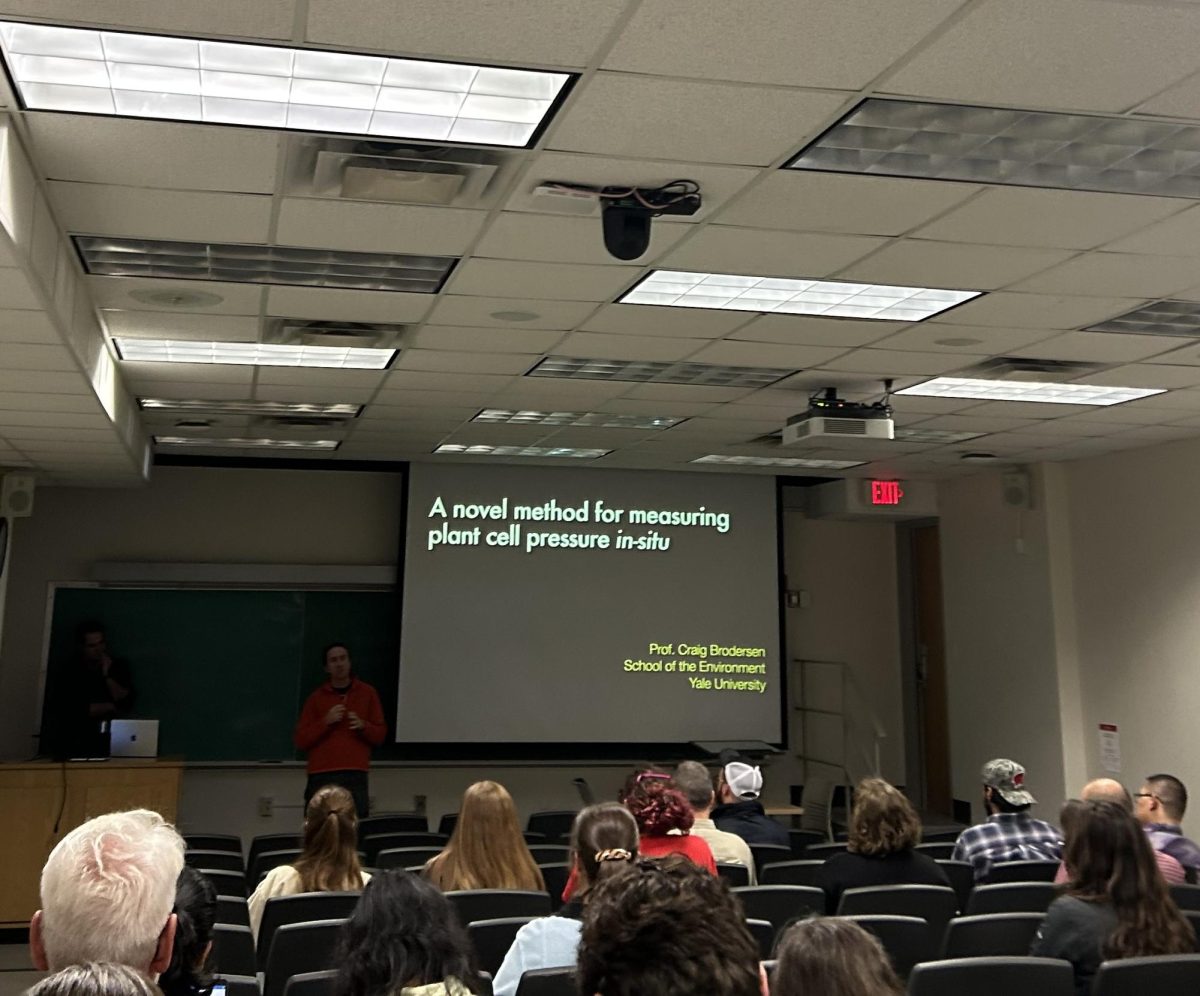With the high stakes of the 2020 census approaching, federal and local officials are working to ensure the new technological reporting options run smoothly to combat undercounting across the country and in Dane County.
The U.S. Census Bureau aims to ensure all individuals residing in the U.S. are counted. U.S. Census Bureau media specialist Robert Giblin said the processes behind the 2020 census are already underway. Giblin said the process is in the stages of informing the public and generating awareness for the census, which will start to be mailed out March 12.
According to Politico, the Census Bureau spent $500 million on an advertising campaign to ensure people are aware participants’ information will not be shared with law enforcement agencies. The informative stage is necessary to ensure everyone is counted.
City of Madison, UW worked together on accurate count of student population for 2020 Census
“Article I of Section 2 of the Constitution calls for a complete headcount every ten years of everyone residing in the United States,” Giblin said. “The first census was conducted in 1790, and the census counts everyone regardless of citizenship, race, ethnic group, creed, religion, origin or age.”
According to Giblin, certain populations were previously undercounted. For instance, children under the age of five were undercounted in the last census.
Giblin said undercounted populations usually include farm workers, homeless, immigrants, college students, people living in poverty, people with disabilities, senior citizens, snowbirds and veterans. The Census Bureau is currently working on making sure that does not happen, with special precautions in place to count the homeless, Giblin said.
In order to combat undercounting, Giblin said there are several changes to the census countrywide. For the first time ever, all respondents will be invited to respond via the internet using their phones or computers. Giblin said this process means responding to the 2020 census will be easier and more convenient than ever before.
Giblin said another key aspect of combating undercounting is the partnerships created at all levels of government through the Complete Count Committees. Giblin said these groups are established at the state level by the governor or at the county, city, town, specialty group or village level.
These groups are trusted voices in the community, with networks, relationships and reach within the communities, Giblin said.
“They really are the ambassadors for the 2020 census,” Giblin said. “They are the ones out there educating, engaging, encouraging people about the census.”
Gov. Tony Evers creates committee to improve knowledge of 2020 Census
According to the senior planner for Dane County Planning and Development Pamela Andros, the census process can be challenging in Dane County because certain populations are difficult to count, such as students living in dormitories and apartments. Andros said it can be confusing for out-of-state and international students.
Andros said members of the Complete Count Committees share census information with the public. Andros said the CCC is currently working with the Homelessness Services Consortium, Kids Forward, Urban League, school districts and the City of Madison to ensure all populations are counted.
“Dane County is in really good shape,” Andros said. “The state, as a whole, has a reputation of having a high return, and so does Dane County.”
During the 2010 census, Wisconsin led the nation in response rates. According to Andros, Minnesota wants to beat Wisconsin and be the state with the highest response.
District 3 Supervisor Analiese Eicher said the CCCs are built to reach out to traditionally undercounted communities, those who might be unaware of the census and its meaning, and to ensure everybody is counted.
“We want to make sure that we are keeping communities together, not ‘packing’ or ‘cracking’ districts, and that we are not mitigating the votes of certain populations,” Eicher said.
According to Eicher, more people participating in the census will help in determining the necessary resources needed in communities.
Eicher said Dane County has its own redistricting process managed by an independent, completely non-partisan redistricting committee appointed by the County Clerk Scott McDonell. Eicher said this group is responsible for drawing a fair and independent map for Dane County using census data, which is important at the local level for redistricting as well.
Evers follows through on vow, signs executive order for nonpartisan redistricting commission
Andros said though the census is important for determining what resources the community will receive, redistricting will not significantly change the political scenario in Dane County. But it might have a stronger impact at the state level, Andros said. With so much riding on the census for years to come, Giblin said an accurate count is essential to local communities.
“The stakes are very high,” Giblin said. “The census has a lot of impacts, but two are highly visible in terms of impacts on the community — legislative apportionment and federal spending.”
Giblin said the Census determines how the 435 members of the U.S. House of Representatives are apportioned throughout the country.
Additionally, Giblin said about $675 billion is distributed to various programs based on census information, affecting the operations in communities for the entire decade.
“The thing that is important is that everyone should be counted … it actually shapes the future of your community for the next ten years,” Giblin said.













